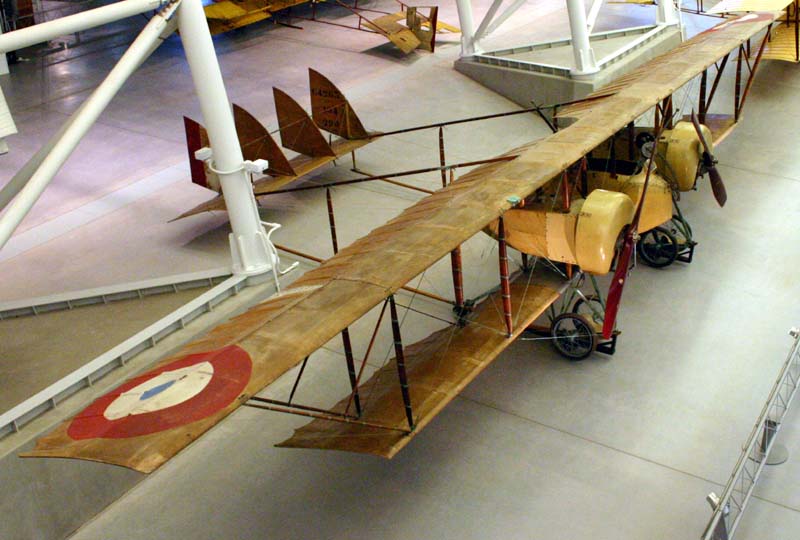| Caudron |
|
G.4 # |
%20(3).jpg) |
|
Photo: Robert Deering 10/23/2006 Smithsonian National Air and Space Museum Dulles International Airport (IAD) Chantilly, Virginia |
|
The 1917 French twin-engine
Caudron G.4 has great significance as an early light
bomber and reconnaissance aircraft. It was a principal
type used when these critical air power missions were
being conceived and pioneered in World War I. Although
fighter aircraft frequently gain greater attention, the
most influential role of aviation in the First World War
was reconnaissance. The extensive deployment of the Caudron G.4 in this role makes it an especially
important early military aircraft. Moreover, despite its
speed and armament limitations, the Caudron G.4 was
quite reliable, had a good rate of climb, and was
pleasant to fly, all characteristics that made it a good
training aircraft after its combat effectiveness was
reduced. Many Allied pilots received their initial
flight training on the Caudron G.4. The NASM Caudron is
among the oldest surviving bomber aircraft in the world,
and one of the very few remaining multi-engine aircraft
from this period. Dimensions: Wingspan: 16.8 m (55 ft 3 in) Length: 7.2 m (23 ft 7 in) Height: 2.5 m (8 ft 3 in) Weight: Empty, 733 kg (1,616 lb) Gross, 1,232 kg (2,716 lb) Materials: Airframe: Wood Covering: Fabric Physical Description: Twin-engine, two-seat French World War I biplane reconnaissance and bomber aircraft; two 80-horsepower Le Rhone 9C rotary engines. Tan finish overall. |
 Photo: Robert Deering 10/23/2006 Smithsonian National Air and Space Museum Dulles International Airport (IAD) Chantilly, Virginia |